The Mishna Brurah (697:2) tells us that it is the custom of Klal Yisroel to conduct a festive seudah today. It is also true that we do not recite Tachanun today. Indeed, on account of Purim Kotton, Vizhnitz Cheder in Boro Park does not have afternoon classes today. But what message should we be giving today?
The Chida, Rav Chaim Yoseph Dovid Azulai in his Birchei Yoseph, focuses on an extra hidden message taught to us by the Ramah. The Ramah begins his comments on Orech Chaim with the idea of Shivisi Hashem leNegdi samid – placing Hashem next to you at all times. The Ramah ends his great work with the idea making a mishteh – a feast, on Purim Kotton. The message? The Birchei Yoseph explains that they are both two sides of the same coin – vetov lev mishteh tamid – one who is of good heart is in a festive mood at all times.
Purim Kotton occurs 7 out of every 19 years. The Halachos of Purim Kotton are not that we read the Megillah on the 14th of Adar Rishon, but we do make a festive meal. We do not say the portions of davening that evoke sadness. This is the special Avodah of this day.
The Yom Tov of Purim Kotton thus reflects the idea that ivdu es Hashem b’simcha is an important aspect of serving Hashem. We have to be sameach b’chelko. The standard translation of this idea is to be happy with one’s lot – a theme that Purim Kotton represents. The great Kabbalistic masters, however, understand this phrase that one is happy with his chailek – that is the Chailek Eloka mimaal – the Divine portion from above that is a part of the Torah neshama.
Let us also not forget that Yom Kippurim is described as a day that is likened to Purim. In other words, the closeness that we feel to Hashem during the time of Purim is reflected on Yom Kippur. The Slonimer Rebbe writes that it is inconceivable that Yom Kippur has the aseres yemai Teshuvah – and Purim which seems to be the primary source of this special day of closeness to Hashem does not.
The Slonimer Rebbe answers that indeed there are preparatory days. The Megillah may be read on the eleventh for those who live in areas that do not have a minyan and who have to travel. When is ten days before this time? It is Rosh Chodesh Adar. Thus the idea of mishenichnas adar marbim b’simcha is part of the ten days of preparation akin to the aseres yemai teshuvah.
The Nesivos Shalom explains that the impetus of Purim was Mordechai’s incredible emunah – his faith and bitachon in Hashem. He points out that it does not say that Mordechai did not bow down or prostrate himself. It says, and Mordechai would not bow down and would not prostrate himself. Why the different verb case? To show his remarkable emunah and bitachon in Hashem.
Chazal tell us that intense bitachon and trust in hashem is one of the ways in which we can actually change reality. This is also reflected in Mordechai’s response to Esther, “For if you remain silent, salvation and redemption shall come from another source..” Mordechai was absolutely sure in Hashem’s redemption.
Putting all this together, 1] the Ramah’s message about Purim Kotton – that it is two parts of the same coin – having a festive mood and placing Hashem next to us constantly, 2] that Sameach b’chelko means being joyous in our Divine portion from Above that forms part of our soul 3] The preparatory nature of Adar, and 4] the knowledge that trust in Hashem can change worlds – can truly imbue meaning and depth in the festive seudah that we will conduct today.
The author can be reached at [email protected]
The authors books can be purchased on amazon.com


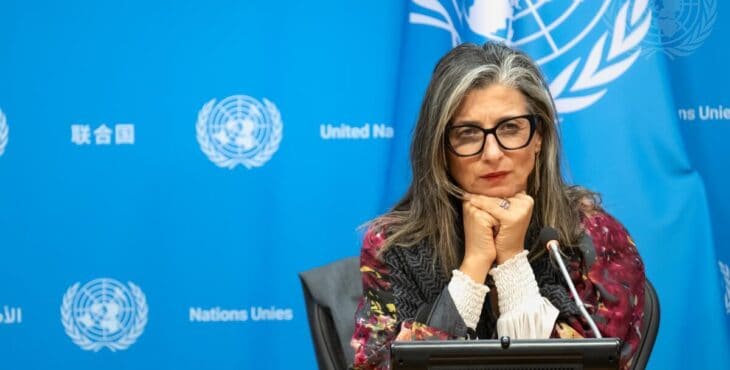
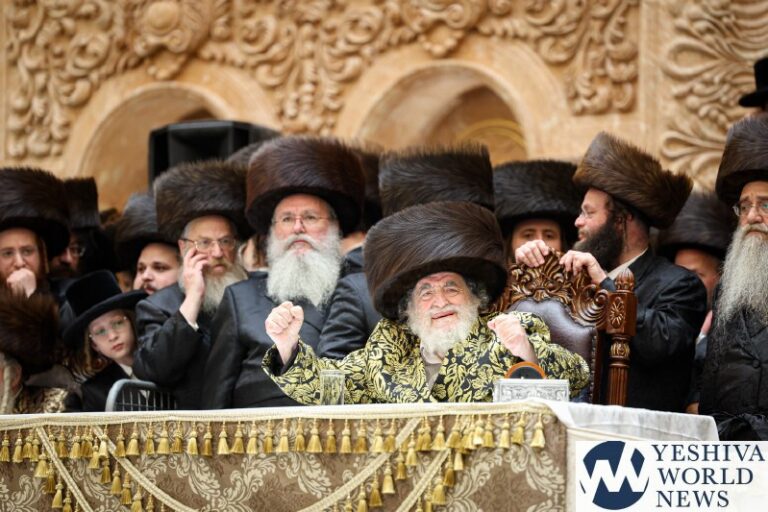
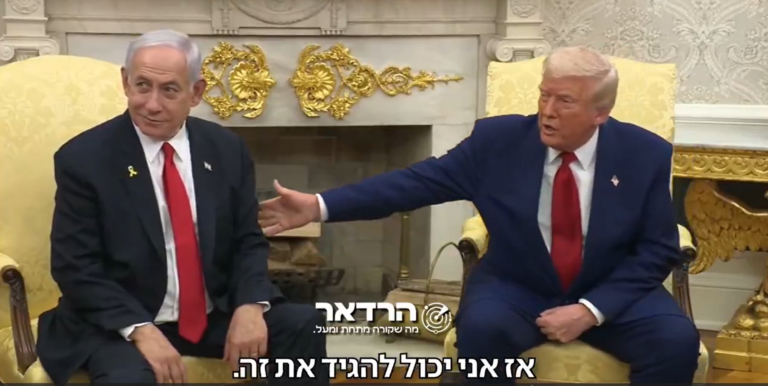
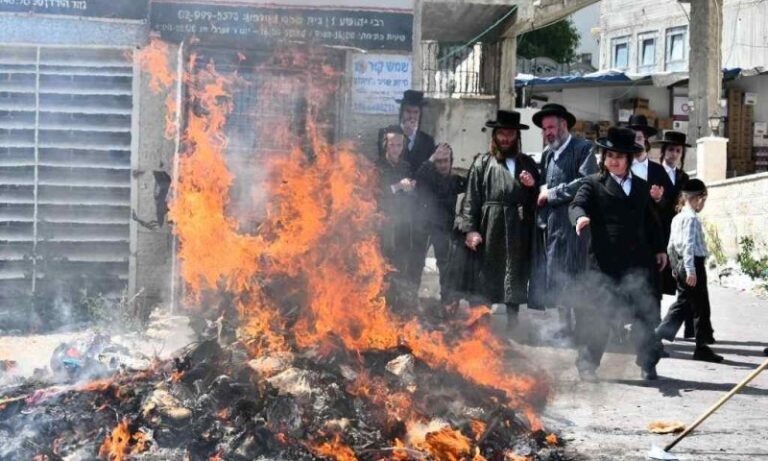
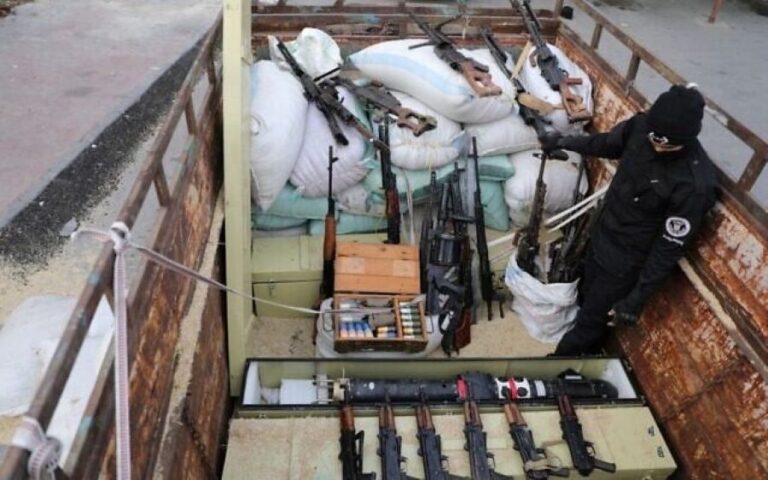
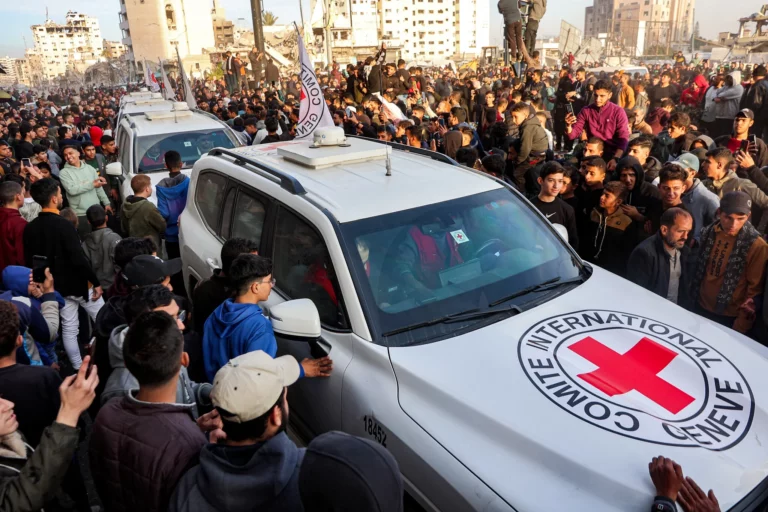




3 Responses
I do not see any such Mishna Berura. Not only that, but brings two gedolim that used to make parties foe shevach v’hodaa. This implies that the rest of the gedolim did no such thing. The fact that the Vizhnitz Cheder does not have afternoon classes is wonderful if that’s their mesorah, but from the fact that the thousands of other mosdos do in fact have school shows that this is not the minhag in klal Yisrael. We should however, strive for Mordechai’s level of Emunah.
The Hagahos CHaSa”M Sofer to Maseches Megillah (printed in the back of the standard Vilna SHa”S), points out that even though the Purim mitzvos – mikra Megillah, matanos la’evyonim, mishloach manos, and se’udas Purim – are performed in Adar Sheini, nonetheless there is a mitzvah D’ORAYSA to remember the salvation we experienced in the days of Mordechai and Esther during the first Adar. In fact, he says, it cannot be otherwise since the obligation to respond to those nissim is derived from a kal va’vachomer (if from slavery to freedom requires us to praise HaShem, then from deathbed life CERTAINLY, requires it) the reason of “semichah ge’ulah l’ge’ulah cannot push away the obligation of “ein ma’avirin al ha’mitzvos and the mitzvah d’Oraysa to remember the nisei Purim. Therefore, writes the CHaSa”M Sofer that the prohibition against fasting and eulogies in Adar Rishon fulfill that requirement. There can be no mesorah on giving off from secular classes as virtually nowhere in the world were secular subjects taught in Yeshivos until recently and even then, only in a few cities/countries. As opposed to recognizing the Yom Tov of Purim Koton well know and well accepted by Poskim, and communities throughout the ages.
then from death to * life. . . Sorry for the typo.